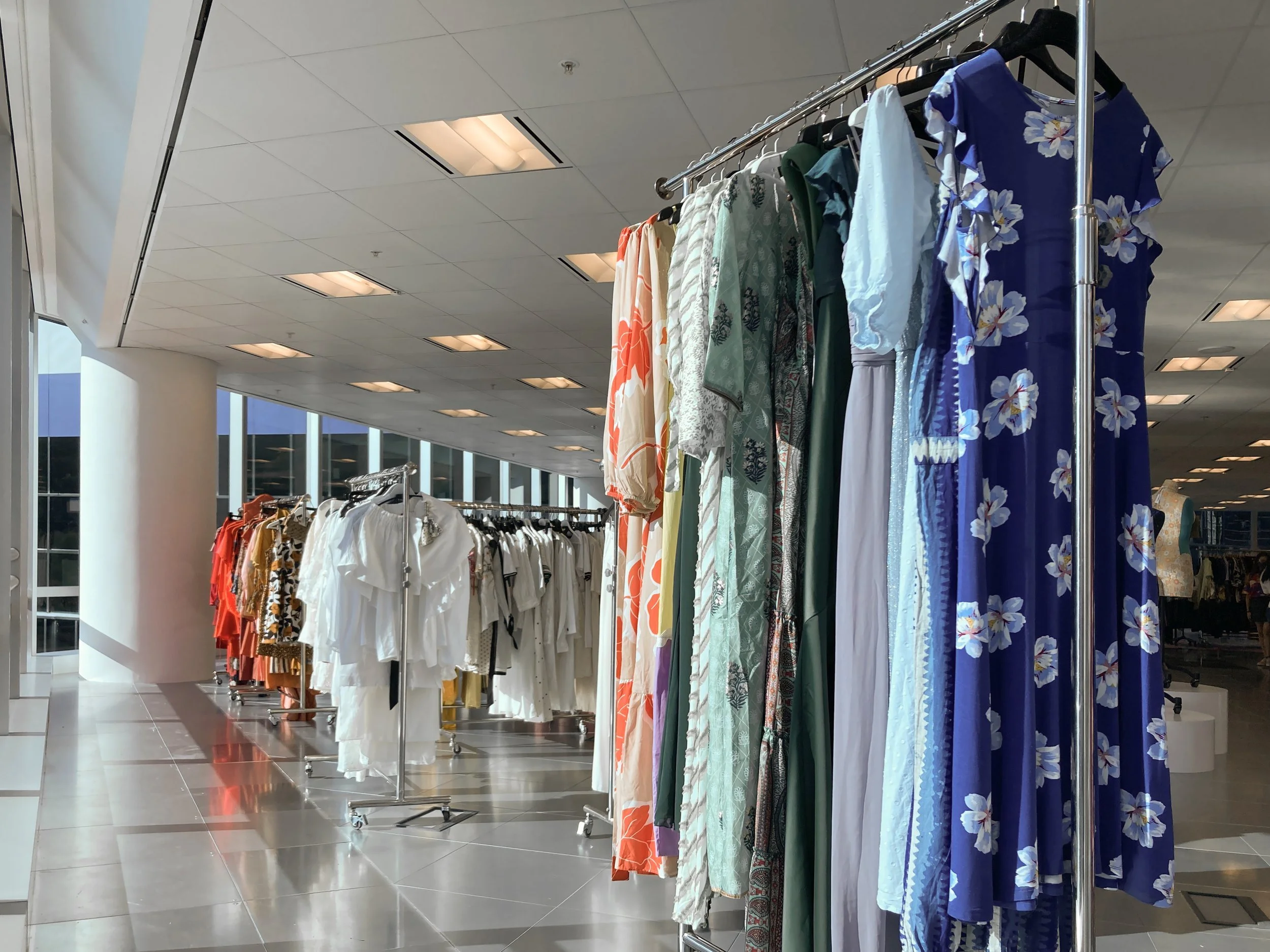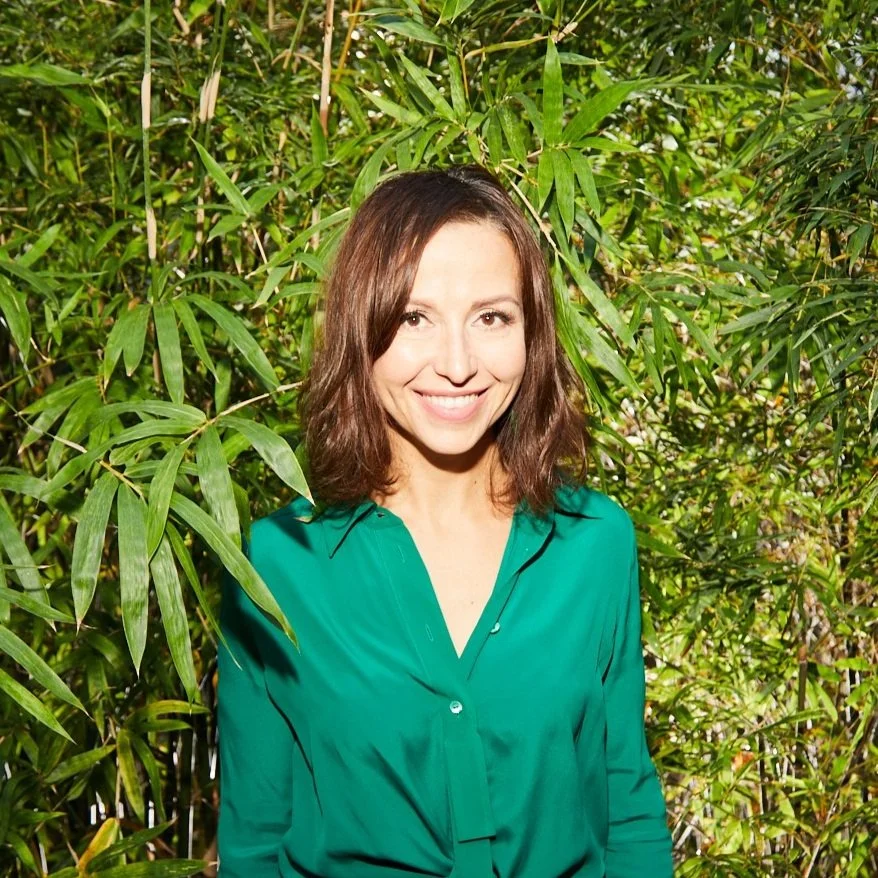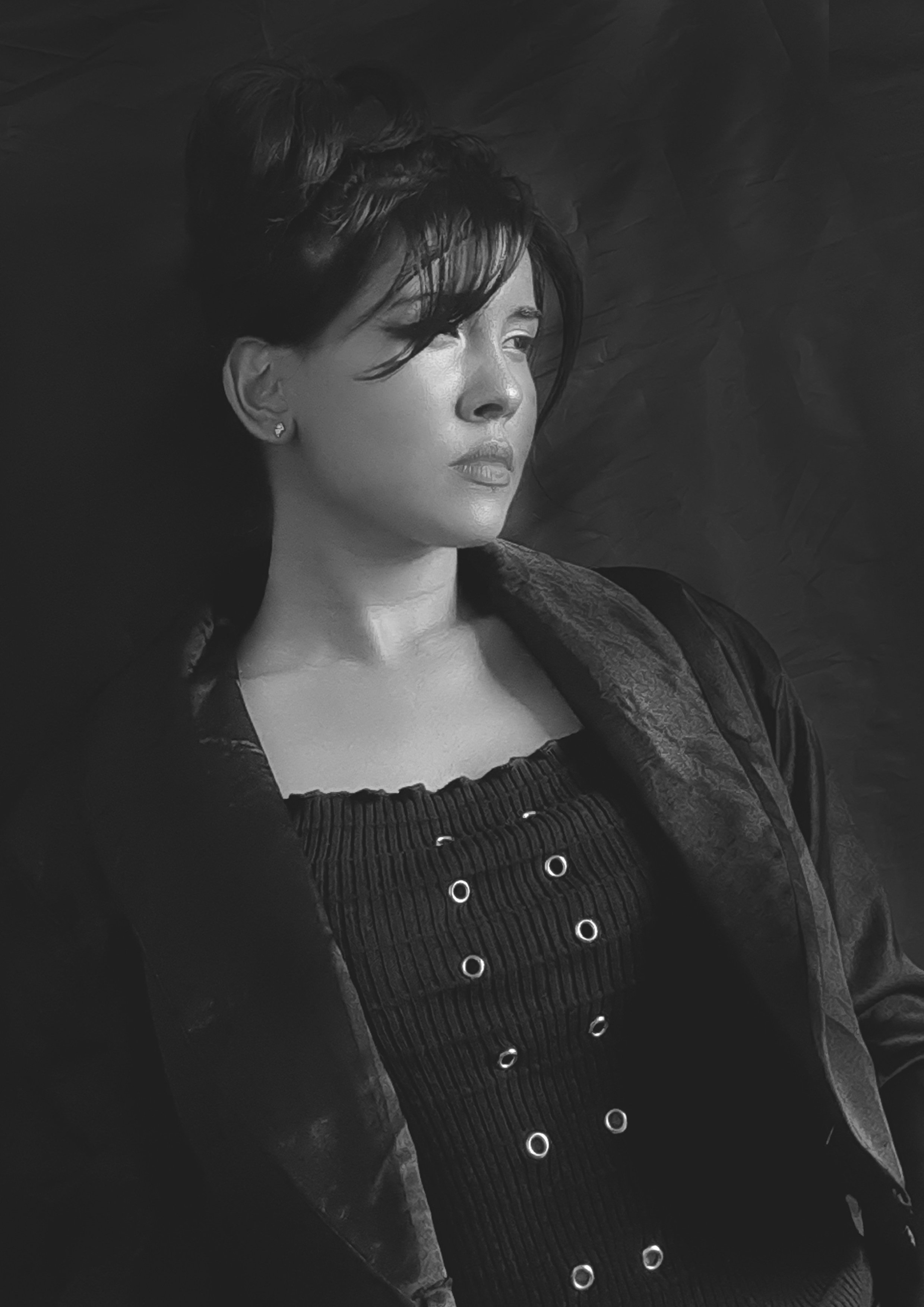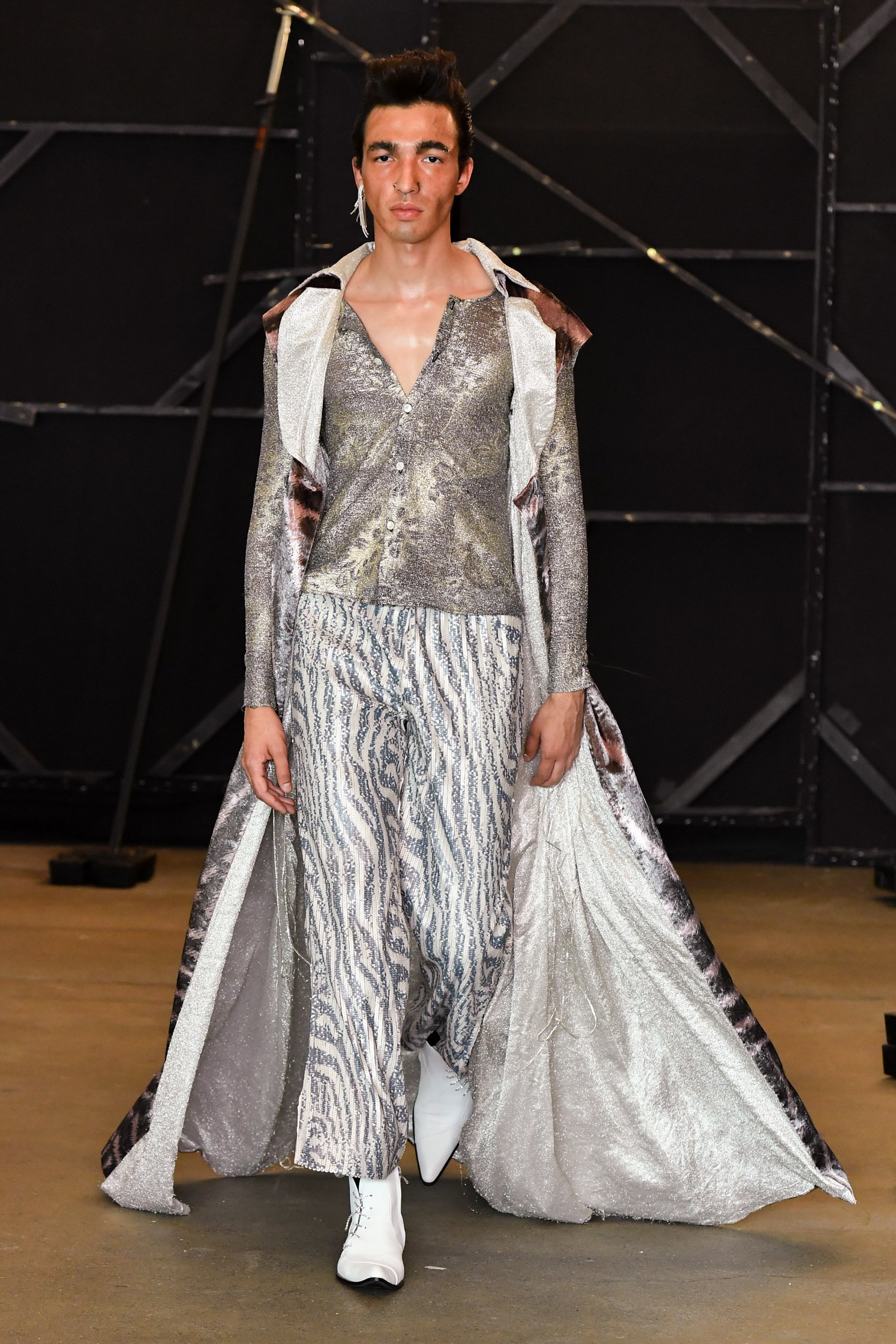Cultivating a More Sustainable Wardrobe is an Inside Job
This year I’m celebrating half a decade of not doing something. In 2017, I challenged myself to one year of not buying a single item of new clothing. The fast fashion loop was leaving me feeling unfulfilled, yet continuously coming back for more. Much like a fast-food sugar spike, the highs and lows of cheap prices and convenience meant that I felt consistently unsatiated, looking for the next fix.
My one-year challenge has since stretched into five, and apart from a few undergarments and swimwear, I have stuck to my original commitment. The joy of stepping off the fashion treadmill still runs high. This seemingly small act has changed me, and my views of the world, ever since.
Never a fashionista, that didn't stop me from buying things I didn’t really want or need. It was an ingrained habit left unchallenged. My larger-than-necessary wardrobe quietly sprouted in the background until I brought it into the light, literally took stock, and stopped feeding the beast. According to the Ellen MacArthur Foundation, total clothing sales are estimated to reach 160 million tonnes in 2050 – more than three times today’s amount [1]. I’m not alone when it comes to stuffed wardrobes.
Climbing out of the fashion vortex, I've discovered a few things along the way that you might find useful too.
First, don’t be afraid to go cold turkey and push pause on the ‘Buy’ button for a month, or two or 12. You won’t evaporate. In my case, the first year of not buying anything new was a breeze. I found myself with more time and energy for other things. It felt like relief.
But by year two, I understood the desire for novelty on a deeper level. Not as a tool to be part of a trend, but rather to mark a new stage or season in life and mindset. Clothing as self-expression — on one’s own terms — is powerful.
Secondhand shopping became a bigger part of my world. The slower pace of finding something that is right for me, in constrained conditions, adds a dimension of creativity, challenge, and fun. It is a natural speed bump on the fashion highway. You don’t walk into a charity shop to pick a garment — it picks you. And it also makes you take chances, hopping out of your comfort zone and into something else.
When it comes to personal wardrobe transparency, a philosophy of “one in, one out” means things never mushroom out of control, with frequent attention to what’s hanging on the rail. Swapping out an existing item to make way for a new one makes you think harder about how much you value what you already have. Call it tough love, but it also saves time, energy, and space.
I also now look at garments from a lifespan angle. For example, the initial raw materials used dictate the life path it will follow. Mono-materials make textile recycling easier when compared to the most common blends such as cotton-polyester. Given that less than 1% of textiles are recycled into new garments [2], these things matter.
Finding a trusty tailor to buddy up with also makes a world of difference when it comes to keeping garments loved for longer, or simply taking that almost perfect charity shop piece across the finish line. It’s amazing what the simple act of removing sleeves can do to a dress, for example.
Repair services have also come a long way. Simply darning a hole is merely a first step to what’s possible with the right people at hand. For example, Fashion Clinic Hong Kong is a team of professionals that can upcycle a pair of jeans into everything from an evening cocktail dress to an armchair. Creativity that knows few boundaries.
How you care for what you have makes a big difference too. I frequently hang my clothes outside to aerate them, and when I do wash them, it is at cooler temperatures, 30°C (86°F). Outdoor drying saves a lot of wear and tear, and is one of the big reasons I still wear dresses from 12 years ago.
If you decide to join me on the preloved route, Redress pop-ups are legendary. Other Hong Kong gems include The Hula, Green Ladies, or Salvation Army. In Singapore, I try my luck at The Reloved Collective, The Fashion Pulpit, or SSVP Shop. And if geography-free online shopping is your thing, Vestiaire Collective delivers a positive experience.
At an event in Hong Kong a couple of years ago, someone complimented me on my dress. I shared that it was preloved, and we spent the next hour talking about sustainability, the environment, and what it all means to us. The dress was simply an invitation to a deeper conversation. This is what the power of fashion means to me.
And although fast fashion is synonymous with lower quality, I believe the reason we are shopping so ferociously is not because what we buy falls apart fast, but rather that the system is so well designed, it gets us hooked and keeps us locked in. Our psychologies have been hacked to prime us for marketing messaging and the buying process is so seamless, we frequently don’t even know it’s happening. And if we do, stopping feels too punishing.
We all hope and dream of a truly circular fashion system, one that produces next to no waste or harm to people or planet. But there’s no clear line of sight of when that will be reality. In the meantime, we are losing resources, biodiversity, and planetary health every month, year, decade.
A sense of urgency should frame the way we look at fashion. And the way we look at fashion is through ourselves. That’s why a more sustainable wardrobe is not only an industry job, but also an inside job.
Source [2]: McKinsey & Co (2021), The State of Fashion 2021
Tanja Wessels
Tanja Wessels is a sustainability advocate who gives public talks on mental health and the environment, creates content for a number of publications on sustainability, art, and lifestyle, and collaborates on environmental art activism projects. She is a founding member of Circular Community Hong Kong, a platform for businesses and individuals on the value of circular thinking, which has now expanded to Singapore.
































